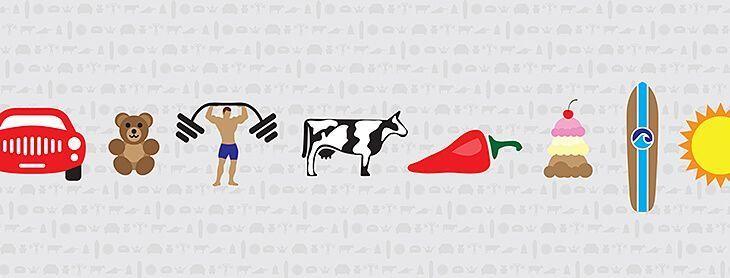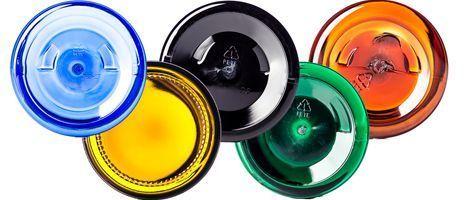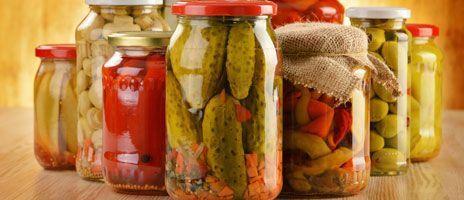Clarifying your Clarified Plastic Questions.
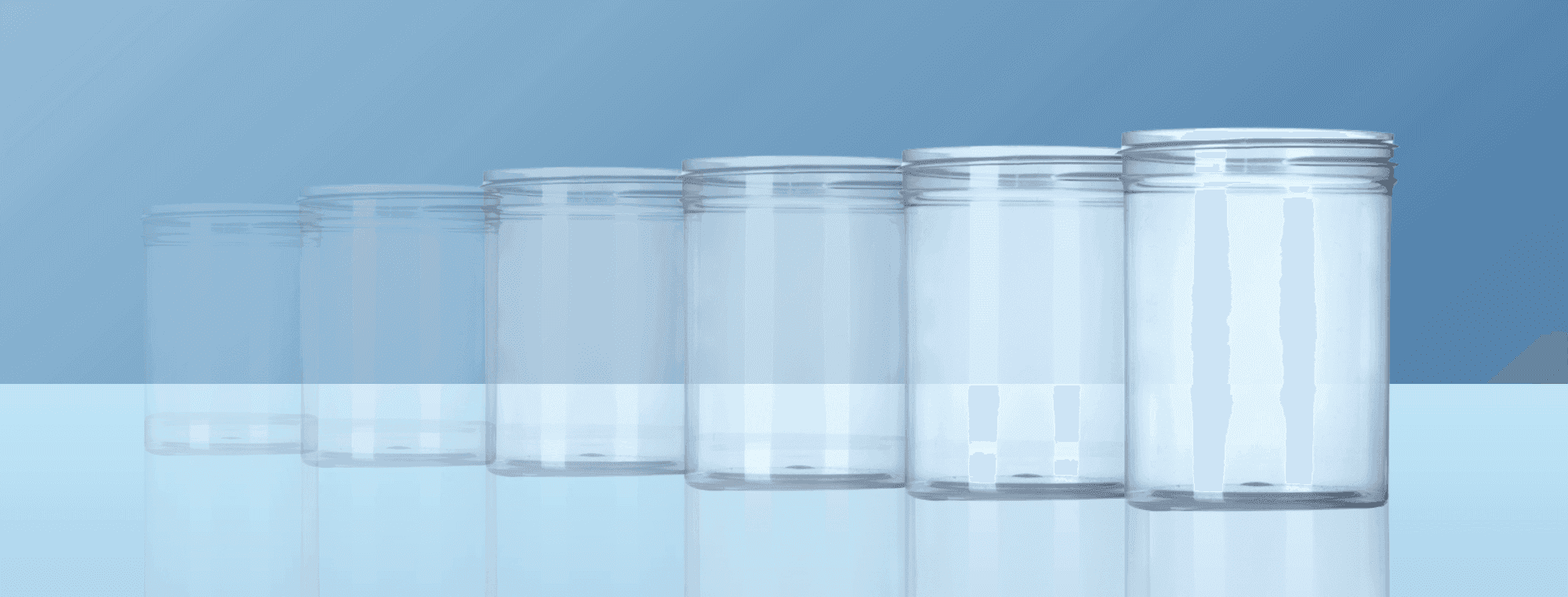

It's not transparent, it's translucent. It's not invisible, it's hazy. It's not clear, it's clarified. It's not delivery, it's Digiorno (pizza anyone?).
What is Clarified Plastic?
When it comes to plastic packaging, there are several different materials, colors, and styles to consider. Some plastic materials can be clear as glass, such as PET (plastic #1), PS (plastic #6), and PCV (plastic #3), while some other plastics are inherently unable to be clear, such as HDPE (plastic #2), LDPE (plastic #4), and PP (plastic #5). These non-clear plastics (HDPE, LDPE, and PP) naturally have a hazy, milky, or somewhat frosted appearance, so even though you can see the color of the contents inside these containers made of these materials, you won't see as much detail. For example, if you pack colorful candies into a clear container, you will see all of the bright colors, textures, highlights, and shadows of the product. However, if you pack that candy into a natural-colored container, you will see still see that there are colorful candies but the details will be harder to see (depending on the thickness of the natural plastic, you might not be able to see any details at all).
So, some materials can be clear and some cannot. Got it. But what if you need to use a PP plastic jar and you still want to be able to see the details of the product inside? Well, that's where clarified plastic comes into play. See, a few decades ago, some clever scientists developed a way to make natural polypropylene (PP) look more clear. Scientifically speaking, the researchers discovered that by mixing polypropylene with small quantities of ethylene during polymerization, they could create a final plastic product that was significantly more clear-looking than natural polypropylene. That likely sounded like a bit of mumbo-jumbo, eh? Put into normal person words, those scientists cracked the code to clarifying PP plastic!
Is Clarified Plastic Clear?
Even though clarified PP plastic is much more clear-looking than natural-colored PP plastic, clarified plastic is NOT the same as clear plastic. While clarified plastic allows light and colors to shine through far better than natural-colored plastic, it is still not usually crystal clear or glass-like in appearance. See the images below to compare clarified, natural, and clear plastic.
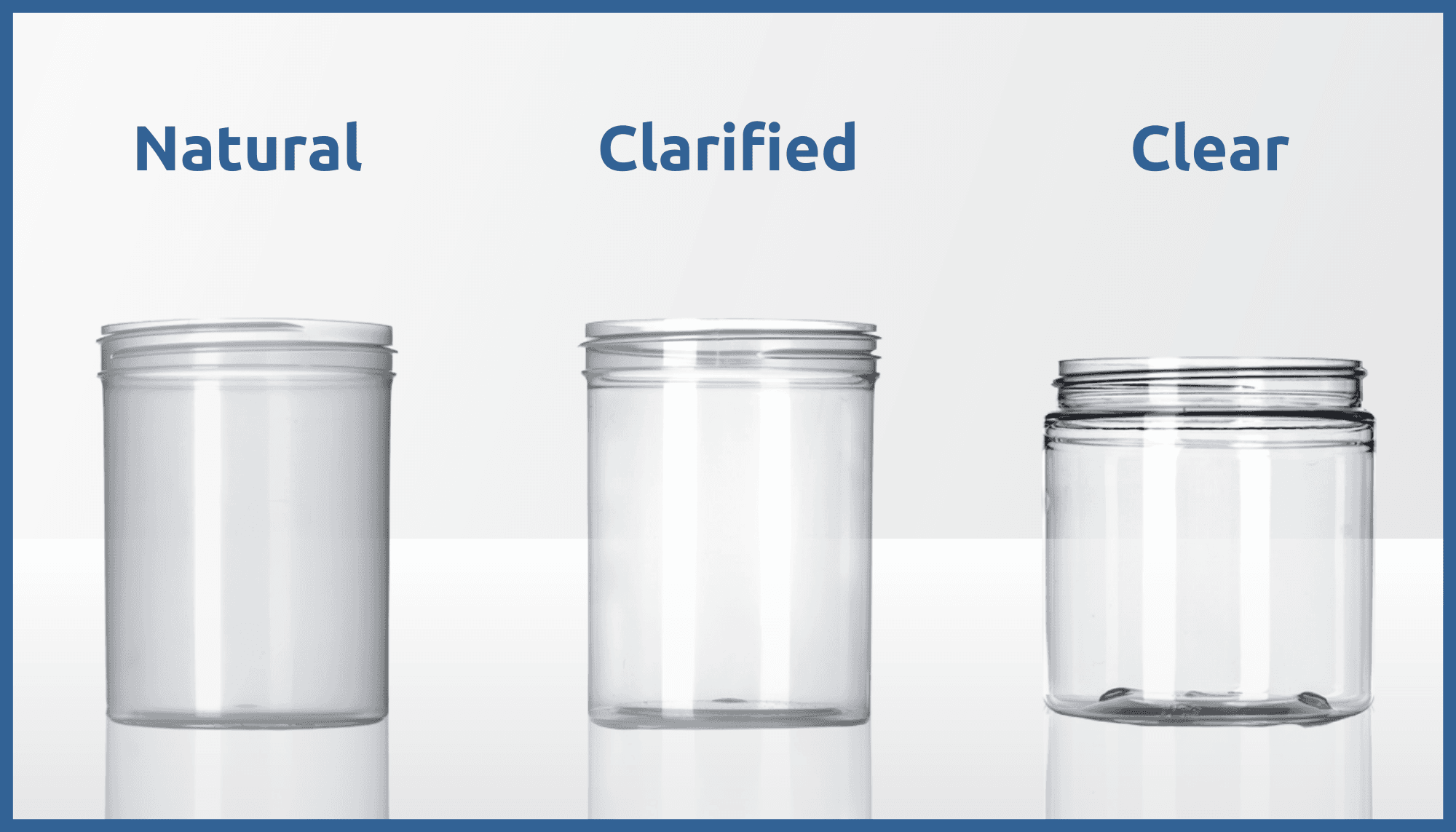
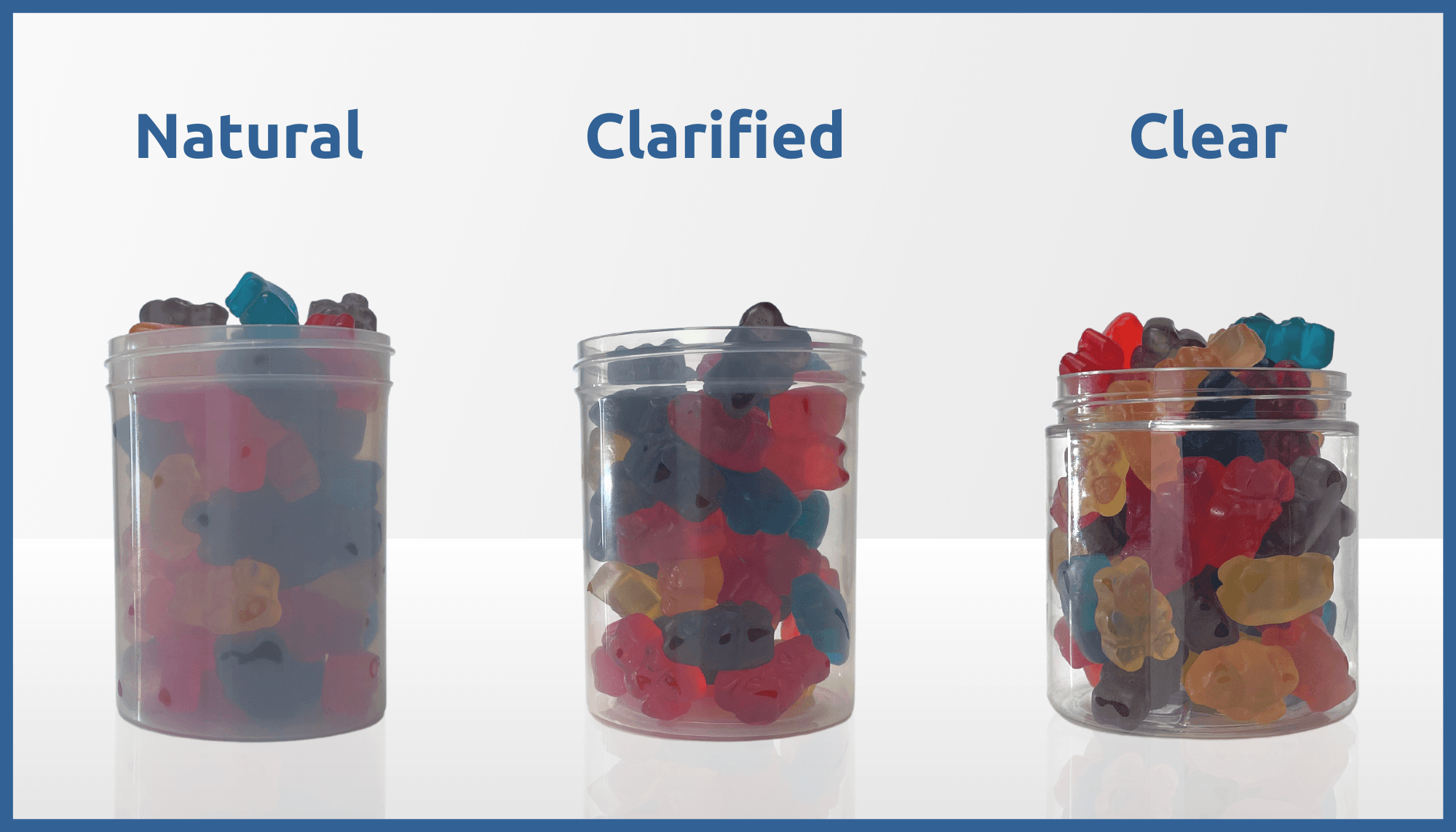
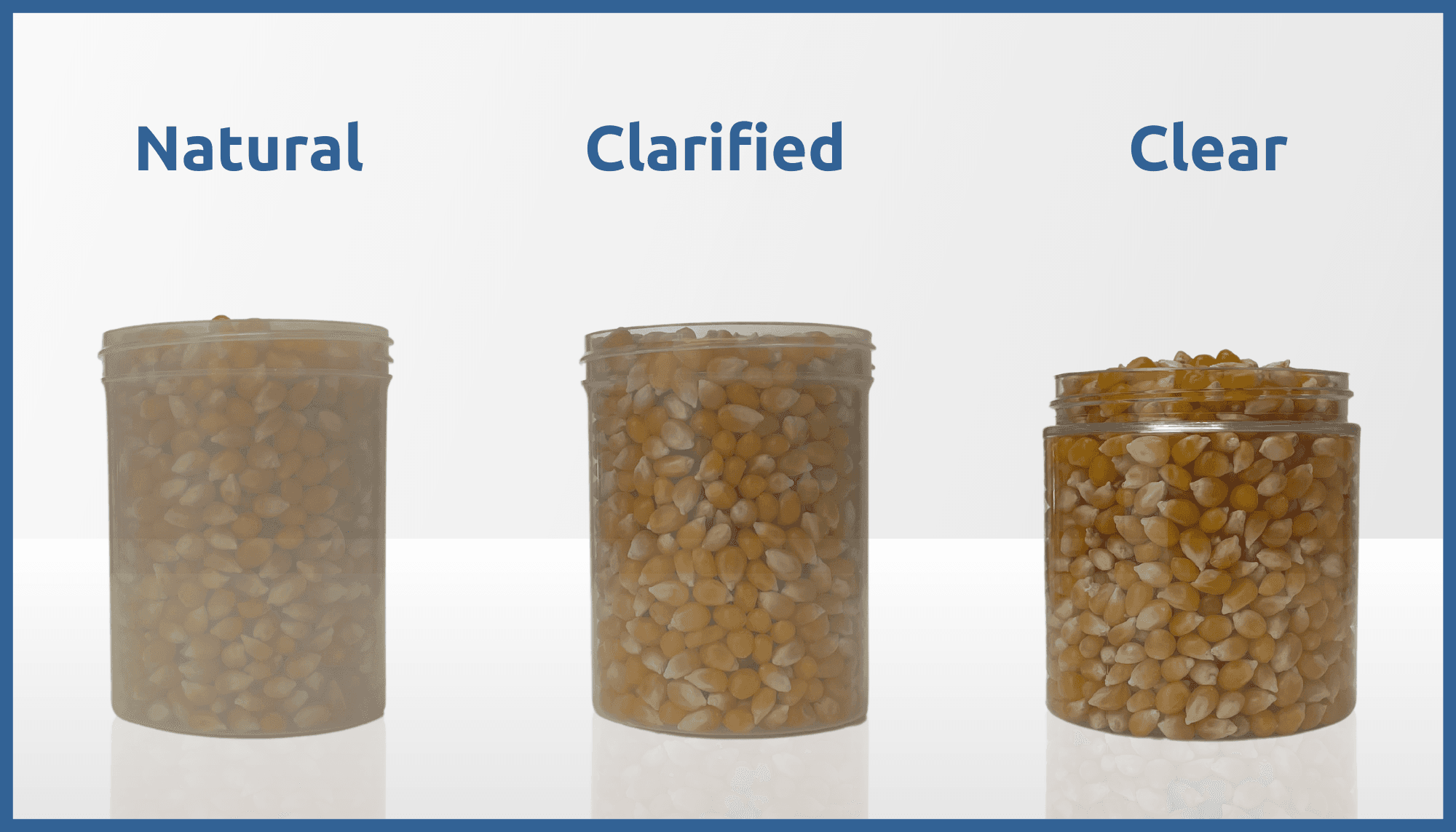
What Plastics Can be Clarified?
While there are many plastics that would benefit from a clarification process, currently, only plastic #5, polypropylene (PP) can be clarified. Most containers made from clarified polypropylene are BPA-free and food safe.
Note that the thinner the container wall, the more clear-looking the clarified plastic will be. So if you have a very thin clarified container, such as a plastic takeout box, the material will be virtually completely clear. But if you have a jar of a normal thickness, the material will look slightly hazier.
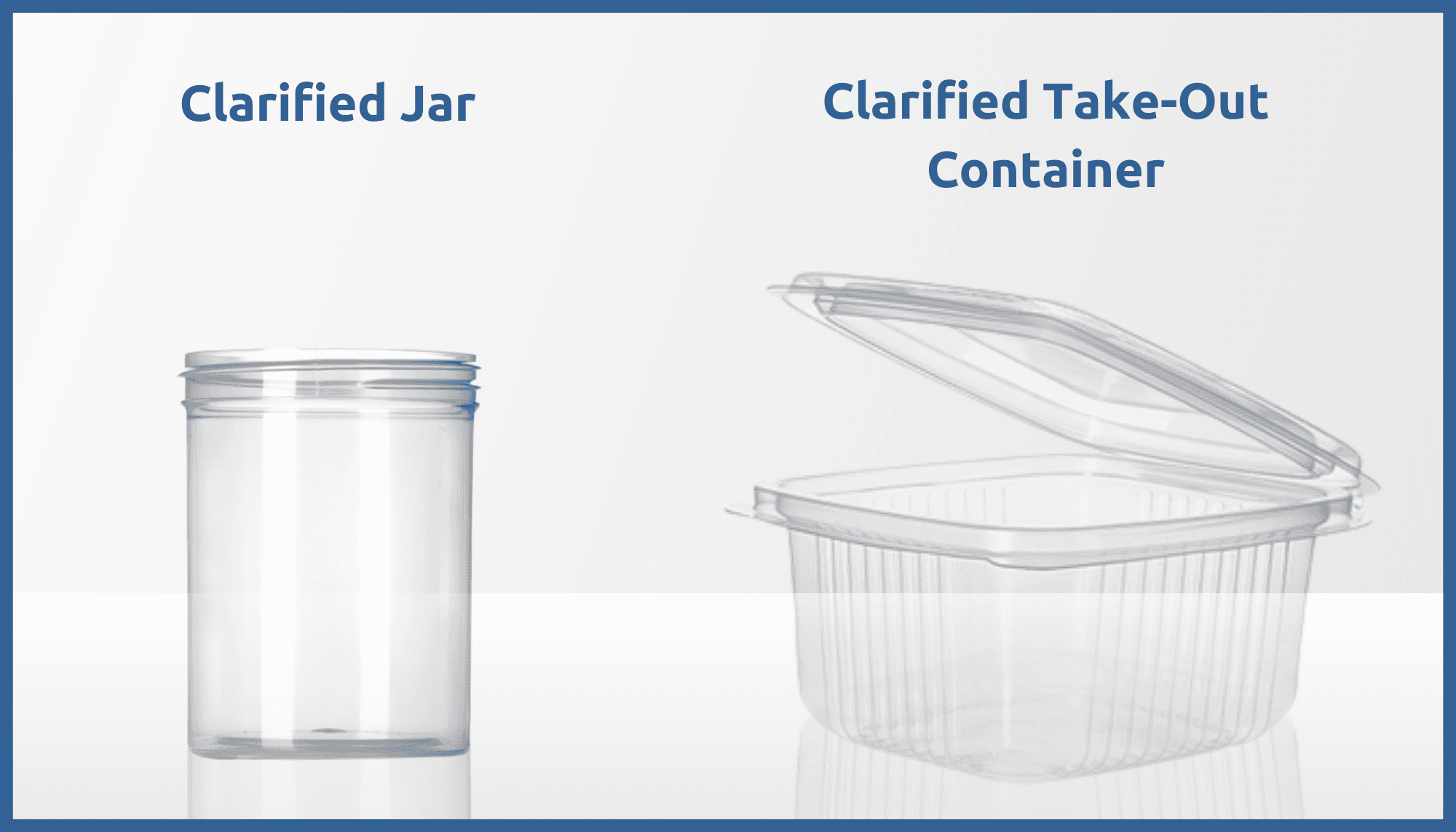
Why Use Clarified Plastic?
There are many uses for clarified plastic containers. Clarified PP has a high-temperature tolerance (up to 208 °F), which makes it useful for food or beverages that may use a hot filling process. It is also often used for takeout containers, housewares, medical products, body butters, body scrubs, and other cosmetics. Another advantage to using clarified PP over clear plastics like PET is that most lids are made from PP, so by using a PP plastic container, your lid and container will be made from the same material. This means that when exposed to extreme temperatures, high or low, your lid and container will expand or shrink at the same rate.
Conclusion
Feeling like a clarified plastic expert now? We hope so! If nothing else, you should at least feel more confident in your knowledge of what sets clarified plastics apart from clear and natural-colored ones! If you have more packaging questions, check out this article about our top three packaging plastics, or give us a call! We're always happy to… clarify (Sorry, I couldn't miss the opportunity to squeeze in a clarification pun)!
Good luck, and happy packaging!
